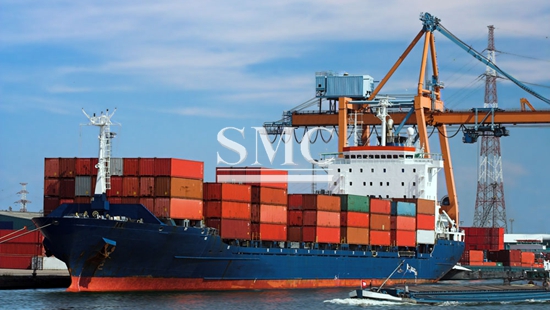
- Company overview The heart of SMC Vision & Philsophy Partnership Certifications Company culture
- Our service Design and Engineering Maintenance and Service Examine Production Line Upgrade and Transformation Storage and Logistics Processing, Trading and Distributor
- Management Our history Global responsibility Info Center
- Procurement center Internship
- Metal Steel Products Stainless Steel Products Aluminum Products Copper Products Galvanized Steel and PPGI Special Alloy Building Material
- Containers ISO Standard Container Equipment Container Storage Container Refrigerated/Reefer Container Offshore Container Container House Tank Container Container Fittings Container Trailer
- Gas Cylinder & Fire Extinguisher Cryogenic Liquid Cylinder Oxygen Gas Cylinder Storage Tank CNG Gas Cylinder LPG Gas Cylinder Hydrogen Gas Cylinder Nitrogen Gas Cylinder Industry Gas Cylinder Fire Extinguisher
- Metal Machinery Forming Machine Cutting Machine Processing Machine Bending Machine Block Machine Other Machinery Motor Spare Parts
- Mechanical Products Miscellany Mooring Equipment Marine Equipment Vehicle Industry Pressure Vessel Conveyor Belt Laser Equipment Bearing
- Electrical System Power Distribution Automation Electrical Cable Solar Power System Electric Protection System Transformer Production Line Lighting System
- Project Plastic Pipes and Pipe Fittings Fiberglass Reinforced Plastic Pontoon System
Do You Know the History of Container Transportation?VI
After the two met, Tantlinger suggested using a 33-foot container, which was chosen because the deck space available on the T2 tanker can be divided by 33 feet. The T2 tanker was a 16400-ton tanker built by the United States during World War II. McLean used the US government's preferential policy to purchase two. In order to avoid operational risks, he hopes to stack containers on the tanker deck, while the bottom tanks can be used to transport crude oil. The 33-foot container was six times larger than the container that was commonly used at the time. McLean proposed not to hire dock workers to stack containers, but to install metal frames on the tanker deck, each of which can accommodate eight containers. Six 1 foot long steel plates were left on the outer wall of the container, and the end of the steel plate was opened.

When the container is hoisted on the ship, the steel plate slides down the slot vertically, and an iron rod passes through the small hole of the steel plate to lock the position of the container. Tentlinger soon discovered that this method does not work, and the protruding steel plate will affect truck transportation and stacking. He persuaded McLean to purchase two aluminum containers from Brown and ship them to the Bethlehem Steel Shipyard, which modified the tanker. Worried about the deformation of the container roof, McLean and others tried to destroy, but did not succeed. After believing in the advantages of this container, he ordered 200 from Brown and hired Tentlinger as the chief engineer.
Shanghai Metal Corporation is a trusted aluminum alloy, aluminum foil price, stainless steel price and stainless steel manufacturer, kinds of stainless steel in china.
For our full list of products that we offer check out our website here. Be sure to join the conversation in our LinkedIn group, Facebook, and Twitter. Try also our WeChat by scanning the QR code below.
Annette X.//SMC Editor

